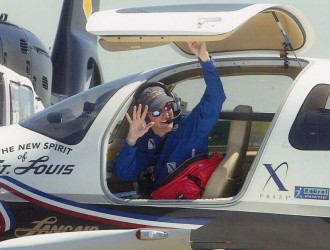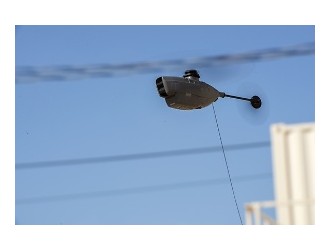The pilot had recently purchased the tailwheel-equipped Kitfox III. He had no experience in tailwheel-equipped airplanes and asked a flight instructor to check him out.
The instructor stated that, although he was an experienced tailwheel pilot, he had no experience in the make and model, so he flew the airplane solo for about five hours to become familiar with it.
The instructor reported that while flying the airplane solo, he noticed that it would become airborne prematurely if he did not hold the control stick full forward on the takeoff run to keep it on the runway while trying to gain airspeed.
He added that he told the owner about this and cautioned him to hold the control stick full forward on takeoff to prevent the plane from becoming airborne inadvertently.
During the accident flight near Lake Stevens, Wash., the owner was in the left seat, and the instructor was in the right seat. The right-seat position was equipped with rudder pedals but not with a control stick.
The instructor said that, during the takeoff run, the airplane became airborne prematurely because the owner failed to hold the control stick full forward as previously instructed. The instructor reported that he told the owner to lower the nose after the airplane became airborne and also tried to reach over to move the control stick forward to get the nose down, but was not successful because the owner had frozen on the controls.
The airplane subsequently stalled due to the loss of sufficient airspeed and hit the ground about 225 feet east of the runway in a steep, nose-down attitude, killing the plane’s owner.
The NTSB determined the probable cause as the pilot’s failure to maintain airspeed during initial climb, which resulted in the airplane exceeding its critical angle of attack and experiencing an aerodynamic stall. Contributing to the accident was the inability of the flight instructor to take control of the airplane due to the lack of fully operational dual controls in the right-seat pilot position.
NTSB Identification: WPR14FA393
This September 2014 accident report is provided by the National Transportation Safety Board. Published as an educational tool, it is intended to help pilots learn from the misfortunes of others.





